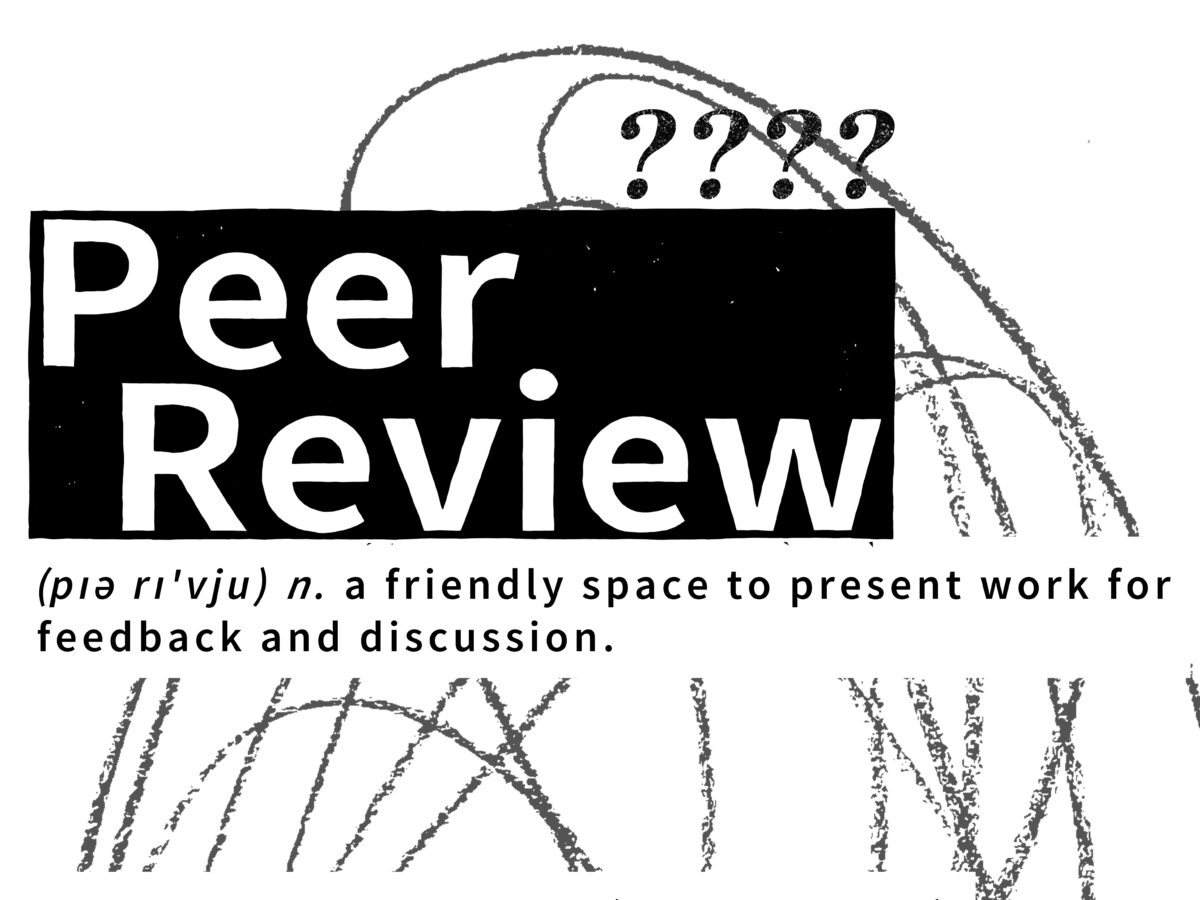Peer review
After reviewing your entire blog content, I found some room for improvement in the key areas of structure and clarity, depth of content, visual presentation, and rigor and citation.
Structure and clarity
Your visit to the Talbot Rice Gallery in Week 3 shows a depth of insight, but the overall structure is disorganized. I recommend you to refine the structure, e.g. by dividing Week 3 into sections such as ‘Art Appreciation’ and ‘Curator Interviews’, which are clearly distinguished by subheadings. In addition, the content is a little light on linking individual experiences to wider art theory and contemporary curatorial practice. Acord (2010) refers to the role of the curator in the production of artistic meaning, demonstrating how curatorial knowledge and plans are elaborated and modified through the specific actions of the exhibition installation; Bourriaud, N. (2002) and Bishop, C. (2012), discuss the role of the curator in the production of artistic meanings. (2012), also discusses participatory theories of art, helping you to think about how this might be reflected in your own personal curatorial practice after critically examining the interactive elements of an exhibition.
Depth of Content
The discussion in Week 6, Art in the Anthropocene, touches on environmental art, but the analysis is superficial. It is recommended to refer to Latour (1993) and demonstrate the role of the theory in interpreting contemporary environmental art with practical examples. Also explore the section in Davis, H., & Turpin, E. (2015) where human activity has left an irreversible mark on geological time and artists respond to and reflect on this global crisis. Bringing together interdisciplinary perspectives, including art, philosophy, and ecology, the book provides a theoretical framework for interrogating how artworks reveal, comment on, and intervene in key topics of the Anthropocene period. It will deepen readers’ understanding of the complex motivations behind environmental artworks and reveal the potential power of art in the current context of ecological crisis.
Visual presentation
The blog’s use of images appears relatively conservative. Taking the first week as an example, there is a lack of visual examples when discussing the Fruitmarket Gallery. Wolfe (2006) discussed the dynamics of images, suggesting that images are not only decorative but can also provoke thought and emotional responses. So be bold in your use of images and even introduce video or interactive elements to enhance the presentation of your blog. However, be sure and ensure copyright security by following strict academic citation norms when using images to avoid infringement issues.
Criticality and Citation
You have a limited scope for citing contemporary curatorial practice and theory. The ‘Art and Technology’ theme in Week 4 refers to the interaction between art and technology but lacks a multi-dimensional analytical framework. According to Duncan (1995), museums are conceptualized as ritual spaces, providing a framework for analyzing how technology mediates the interaction of the viewer with the art, and incorporating ideas such as these will demonstrate a thorough analysis of your subject matter.
References:
Acord, S. K. (2010) Beyond the Head: The Practical Work of Curating Contemporary Art. Qualitative sociology. [Online] 33 (4), 447–467.
Bishop, C. (2012) Artificial hells : participatory art and the politics of spectatorship. 1st edition. London: Verso.
Bourriaud, Nicolas. (2002) Relational aesthetics / Nicolas Bourriaud ; translated by Simon Pleasance & Fronza Woods with the participation of Mathieu Copeland. Dijon: Les Presses du réel.
Davis, H. & Turpin, E. (2015) Art in the Anthropocene : Encounters Among Aesthetics, Politics, Environments and Epistemologies. [Online]. Open Humanities Press.
Duncan, C. (1995) “THE ART MUSEUM AS RITUAL,” in Civilizing Rituals. [Online]. United Kingdom: Routledge. pp. 17–30.
Latour, B. & Porter, C. (1993) We Have Never Been Modern. 1st edition. Cambridge: Harvard University Press.
Wolfe, P. (2006) WHAT DO PICTURES WANT? THE LIVES AND LOVES OF IMAGES. W. J. T. Mitchell. Art documentation. [Online] 25 (1), 72–72.


